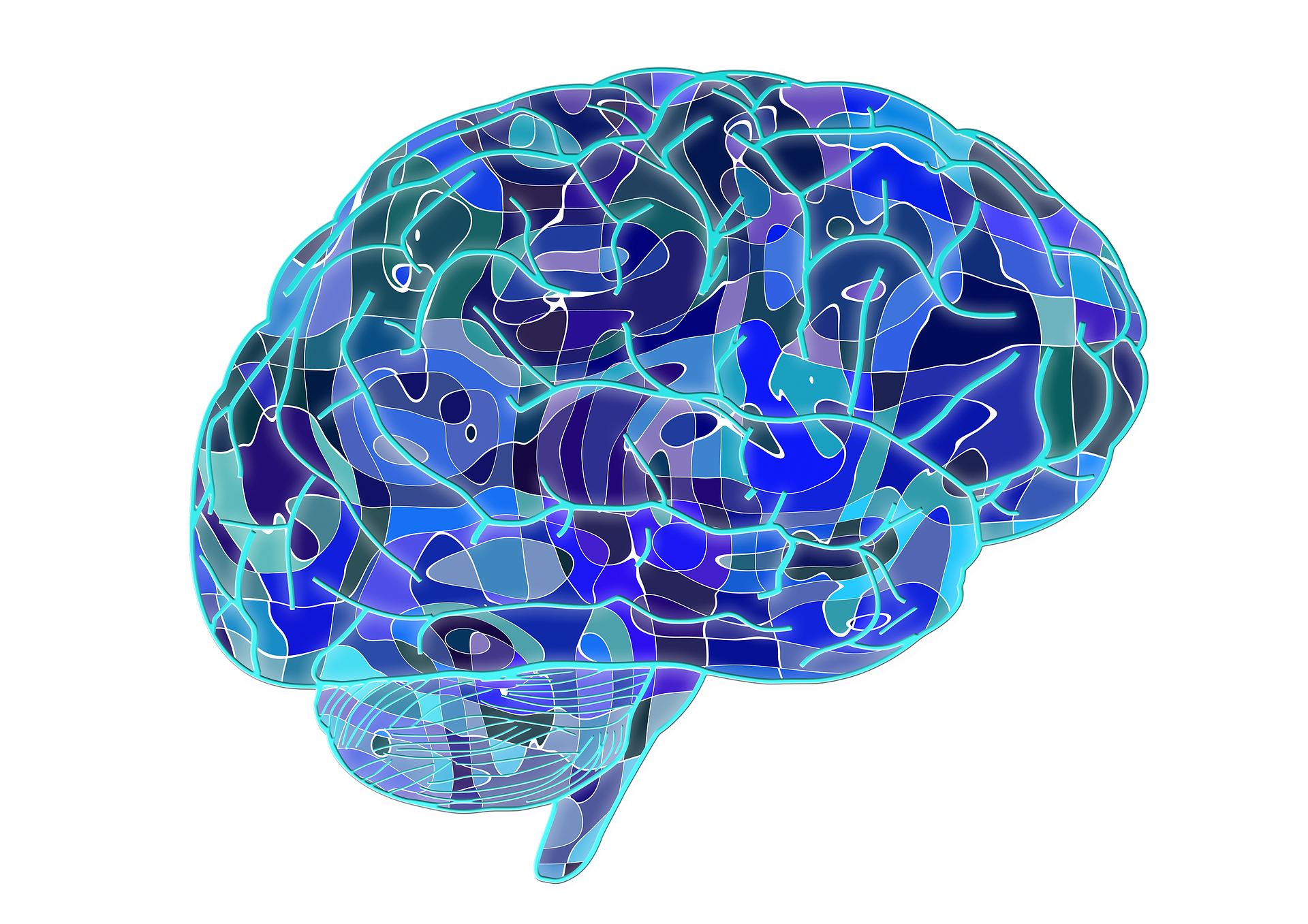Abraham Lincoln and King George III are just two of many people who achieved great things despite living with genetic disorders. Fortunately for them, their conditions were suffering from was only mild and not life threatening. Unfortunately, the lifetime of most babies born with Zellweger syndrome and related diseases is very short. Zellweger syndrome is a rare genetic disease that causes multiple physical deficiencies in babies that usually die in the first year of birth.
Zellweger syndrome and related diseases are collectively known as peroxisome biogenesis disorders (PBD). Despite the severity of these diseases, there is no effective treatment and it’s rarely reported in the media. It’s estimated that 1 in 50,000 people suffer from PBDs, but with many undiagnosed cases, it’s difficult to get a precise figure.
Limited information on PBDs available through health services and the media often contributes to many patients living without a proper diagnosis. These conditions impact the life quality of not only patients but their families too. Even though PBDs are rare diseases, they still take lives far too early. And a human life is still valuable no matter if it’s taken by a very commonly occurring disease like cancer or the rarely occurring PBDs.
So, awareness on PBDs would alert parents and physicians on living with these conditions. It’ll also bring the community of PBD victims together, who can exchange ideas on how they manage their lifestyle and share their stories. To get hold of these stories, I’ve been in close contact with Zellweger UK, a charity set up by parents with babies suffering from these diseases.
In one of the cases baby Kian, who suffers from hearing loss caused by mild Zellweger syndrome, was only diagnosed aged 4 after his 5-month-old brother Issac was tested positive for Zellweger syndrome. In another instance, due to the late diagnosis of baby Liam, his parents didn’t know that Liam couldn’t digest the food that he was being fed. This made him very thin and weak.
So it’s important that parents are aware of genetic faults that cause PBDs and know the likelihood of conceiving a baby with Zellweger syndrome. Raised awareness on these diseases speeds up diagnosis. And even though there is no cure for these diseases, the diagnosis can be used to manage the condition through supplementary medicines, hearing and visual aids.
Causes and symptoms
PBDs are caused by defects amongst any of 12 or more genes that help to form and maintain the peroxisome, an important compartment in cells. Peroxisomes perform a range of key metabolic functions in cells including breaking down toxic waste molecules and fatty acids.
That’s why a very common test to detect PBDs involves measuring amounts of very long chained fatty acids in plasma. I’ve learned from parents that initial diagnosis can be problematic because of lack of specialist physicians. But PBDs can be detected by routine biochemical tests of blood or urine samples that should be available in hospitals.
These PBD conditions are inherited in an autosomal recessive manner, meaning the patient is carrying two copies of the defective gene, one from each parent. This means both parents possess one normal copy of the gene and one defective copy of the gene, so the chance of inheriting the disease is 25 %.
People with Zellweger syndrome suffer from weak muscle tone, frequent seizures, feeding problems, and may also have problems with liver, kidney and heart. In some mild cases, children are only diagnosed due to loss of hearing and vision.
Adrenal insufficiency is also a common issue in children with these conditions and it isn’t usually detected due to other more severe disorders. It’s a condition in which, adrenal glands fail to produce the required level of steroid hormones such as cortisol the stress hormone. The symptoms of adrenal insufficiency include tiredness, loss of appetite and muscle weakness.
With all these conditions, it’s rare for PBD sufferers to live for long but occasionally people survive into adulthood.
Peroxisomes
The importance of peroxisomes is illustrated by their presence in various species including all animals and plants. Peroxisomes perform many biochemical functions due to their ability to recruit various enzymes inside them. So without them, both humans and plants are unable to survive.
Peroxisomes are formed and maintained by a group of proteins called ‘PEX’ proteins, encoded by the same group of genes that cause the PBDs. I am currently studying a protein called PEX5, which piggybacks crucial enzymes to deliver them into peroxisomes. Once these enzymes are taken inside peroxisomes by PEX5, they are able to perform their biochemical function.
Most research has focused on how these proteins regulate the function of peroxisomes. As we understand their roles more, research emphasis needs to be put on the inheritance of peroxisomes. This will help us to identify gene therapies that help to prevent these diseases in the future. Until then we just need to spread the word that will help families and doctors to detect these diseases and manage them as much as possible.
I thank Zellweger UK for sharing information to help me write this post. Zellweger UK provides help, support to the families with babies suffering from Zellweger syndrome and related diseases. They also provide small research grants to laboratories carrying out peroxisome research. Information on how to make donations to Zellweger UK can be found by clicking here.



Leave a Reply